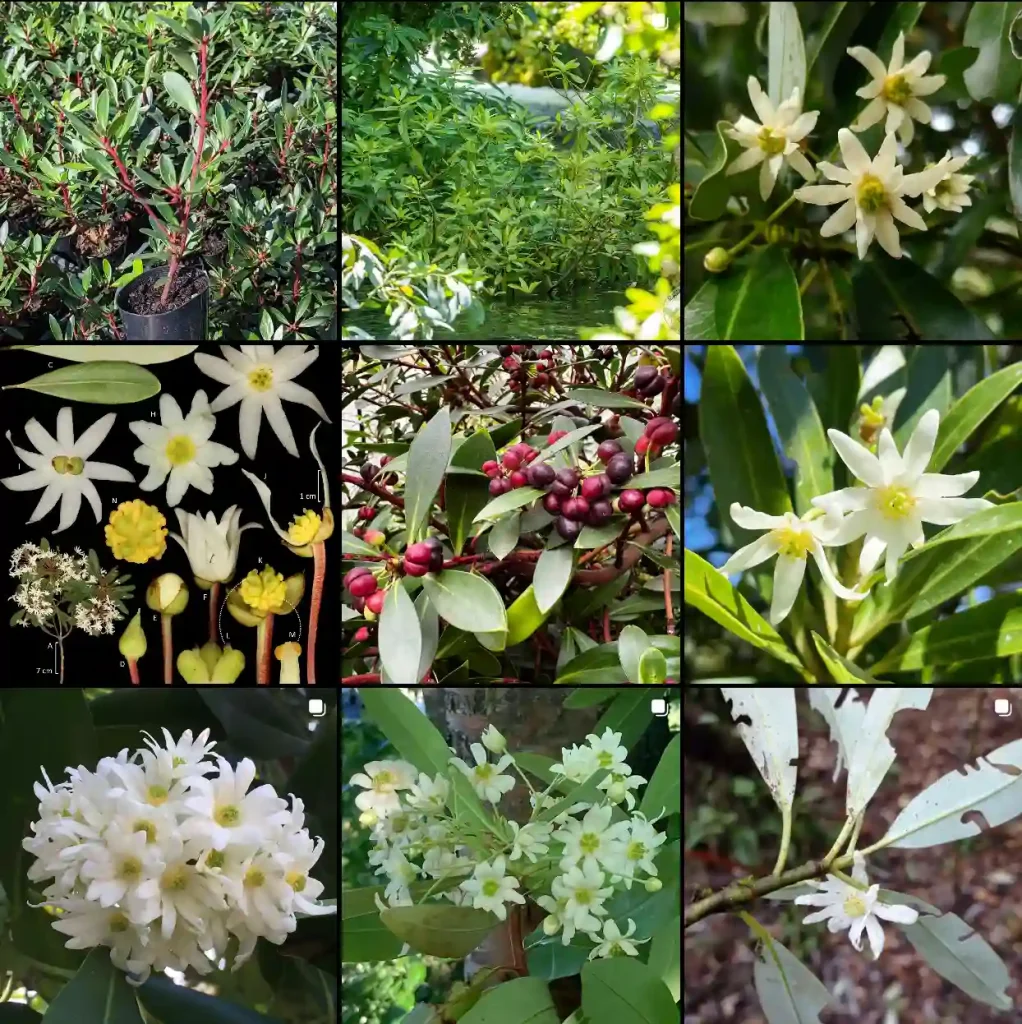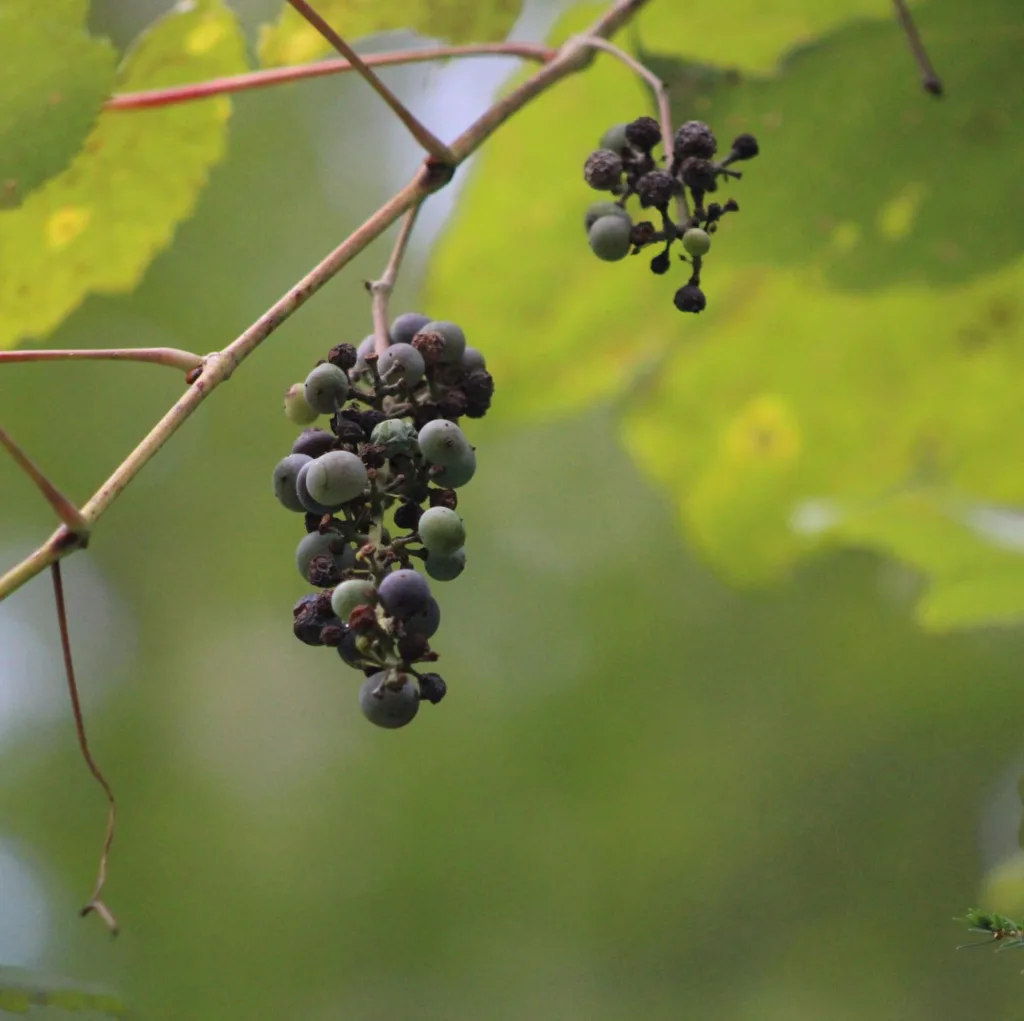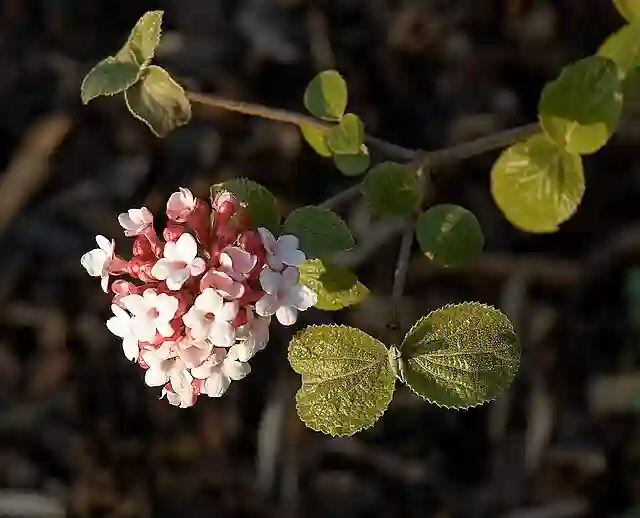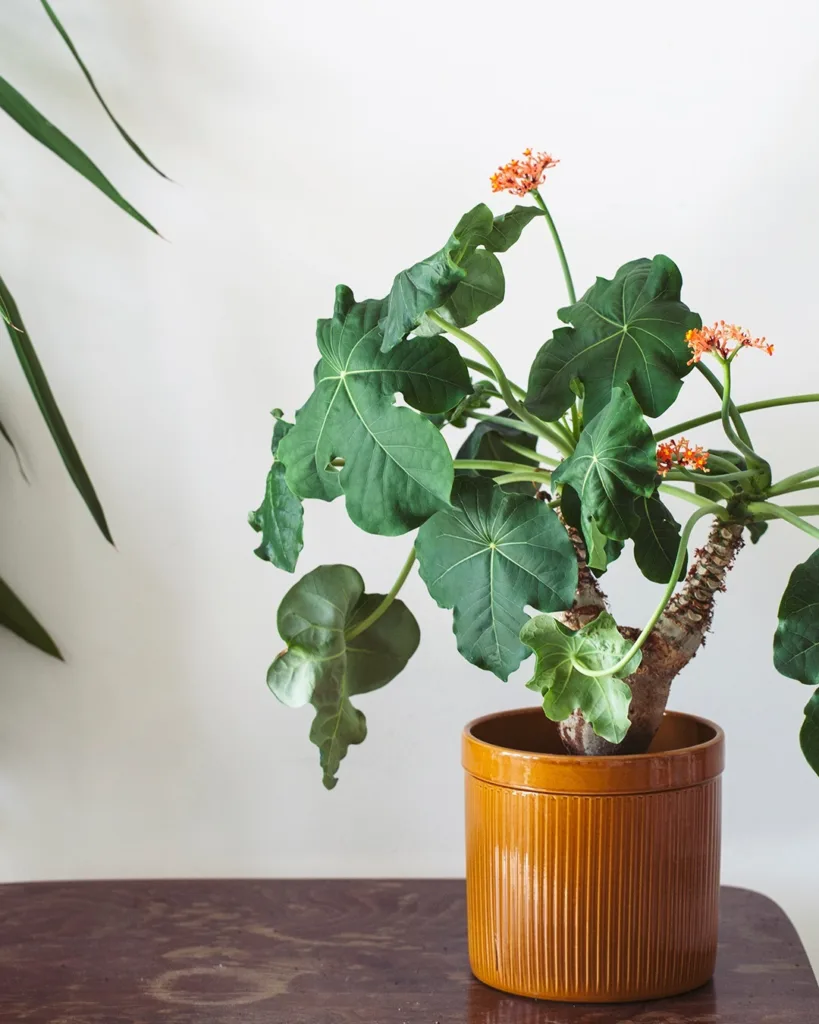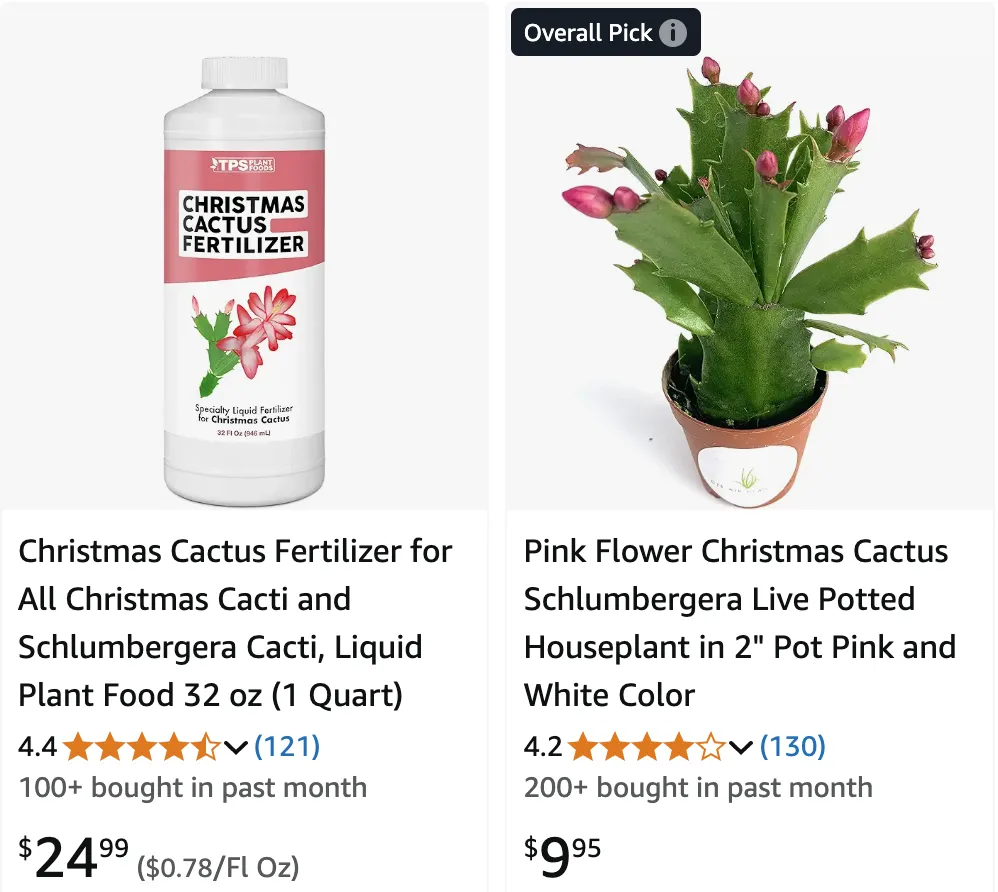
August 9 – Schlumbergera
"Schlumbergera, the Christmas cactus, defines August 9."
Schlumbergera symbolizes resilience and beauty in unexpected moments. You bloom even in difficult circumstances, surprising everyone with your strength. Like its seasonal flowers, you bring joy at just the right time.
My Fascination with Schlumbergera
The world of plants is vast and diverse, filled with wonders that never cease to amaze me. As an avid plant enthusiast, I, Ferb Vu, am always eager to delve into the intricacies of different species and uncover their unique characteristics. One particular genus that has captured my attention is Schlumbergera, more commonly known as the Christmas cactus, Thanksgiving cactus, or crab cactus.
These fascinating plants, native to the coastal mountains of southeastern Brazil, are epiphytes, meaning they grow on other plants, typically trees, for support. Unlike their desert-dwelling relatives, Schlumbergera thrive in shady, humid environments, a testament to the incredible adaptability of the Cactaceae family.
What truly sets Schlumbergera apart is their stunning blooms, which typically appear in winter, bringing a splash of color to the holiday season. The vibrant flowers, ranging from white and pink to red and purple, emerge from the tips of the flattened, leaf-like stems, creating a captivating display.
A Closer Look at Schlumbergera Species
While the genus Schlumbergera is relatively small, it boasts a diverse range of species, each with its own unique features. Here are:
- Schlumbergera kautskyi is a rare and unique cactus species native to Brazil’s Atlantic rainforest, typically found clinging to tree trunks and rocky surfaces. This epiphytic cactus is known for its striking, magenta-colored flowers that bloom in a tubular shape, contrasting beautifully with its dark green, segmented stems. Its natural habitat is shaded and humid, which requires similar conditions for successful indoor cultivation. Due to its specific habitat needs and limited distribution, S. kautskyi is highly sought after by cactus enthusiasts and collectors.
- Distinct among its genus, Schlumbergera lutea is notable for its yellow flowers, which are a rare color within the typically pink and red-flowering Schlumbergera family. This cactus species hails from the mountainous regions of Brazil, where it grows epiphytically. Unlike many Schlumbergera species, S. lutea requires a well-draining medium and plenty of indirect light, but it can be challenging to cultivate outside its natural habitat. The plant’s delicate, trailing stems and small, cheerful yellow blooms make it a unique addition to any cactus collection.
- Schlumbergera microsphaerica is one of the lesser-known species in the Schlumbergera genus, native to Brazil’s mountainous areas. Its stems are more cylindrical and compact compared to the flat, segmented stems seen in other Schlumbergera species. The flowers of S. microsphaerica are small and tend to be white or pinkish, giving the plant a delicate and understated appearance. This species has adapted to cooler temperatures and higher altitudes, making it an interesting and somewhat challenging choice for cultivation in indoor collections.
- Named for its resemblance to the Opuntia cactus, Schlumbergera opuntioides has flat, rounded segments that bear a resemblance to prickly pear pads. This Brazilian native grows in high-altitude forests and is known for its resilience to cooler temperatures. It produces bright pink to magenta flowers that emerge from the tips of its stem segments, adding a splash of color to its green pads. S. opuntioides is a popular choice for cactus collectors due to its unique appearance and relatively easy care. Plant FAQs: Schlumbergera Opuntioides
- Schlumbergera orssichiana is a distinct species with large, showy flowers that feature multiple color gradients, often transitioning from white to pink or red as they bloom. This species grows in the mountainous rainforests of Brazil, attaching itself to trees as an epiphyte. Its segments are broader and often have serrated edges, setting it apart from other Schlumbergera species. The plant is relatively rare in cultivation, and its colorful flowers make it a prized specimen for indoor growers who can provide the humidity and moderate temperatures it requires.
- Schlumbergera russelliana is an epiphytic cactus native to southeastern Brazil, known for its vibrant pinkish-red flowers and distinctive flattened stem segments. This species blooms prolifically in winter, earning it the common name “Christmas cactus.” S. russelliana is well-suited to indoor cultivation and is one of the foundational species in developing popular hybrid holiday cacti. It thrives in humid conditions with filtered light and is relatively easy to propagate, making it a favorite among houseplant enthusiasts.
- Schlumbergera truncata, commonly known as the “Thanksgiving cactus,” is widely cultivated and recognized for its serrated stem segments and its vibrant, multi-colored blooms, which range from pink and red to white and even yellow. Native to Brazil, it thrives in humid forest environments, where it grows as an epiphyte. S. truncata is one of the most popular Schlumbergera species, known for its hardiness and ability to bloom around late fall. This species adapts well to indoor conditions, making it a popular choice for both beginner and experienced plant enthusiasts. Plant FAQs: Christmas Cactus – Schlumbergera Truncata
The Allure of Schlumbergera
My fascination with Schlumbergera stems not only from their aesthetic appeal but also from their resilience and adaptability. These plants are relatively easy to care for, making them ideal for both experienced and novice gardeners. Their ability to thrive in low-light conditions and tolerate some neglect makes them a popular choice for indoor cultivation.
Moreover, Schlumbergera hold a special place in my heart due to their association with the holiday season. Their vibrant blooms bring a touch of warmth and cheer to the winter months, reminding me of the importance of family and togetherness.
As I continue to explore the world of plants, I am confident that Schlumbergera will remain a cherished part of my collection. Their unique beauty, resilience, and cultural significance make them a truly remarkable genus, worthy of admiration and appreciation.
If i die, water my plants!
